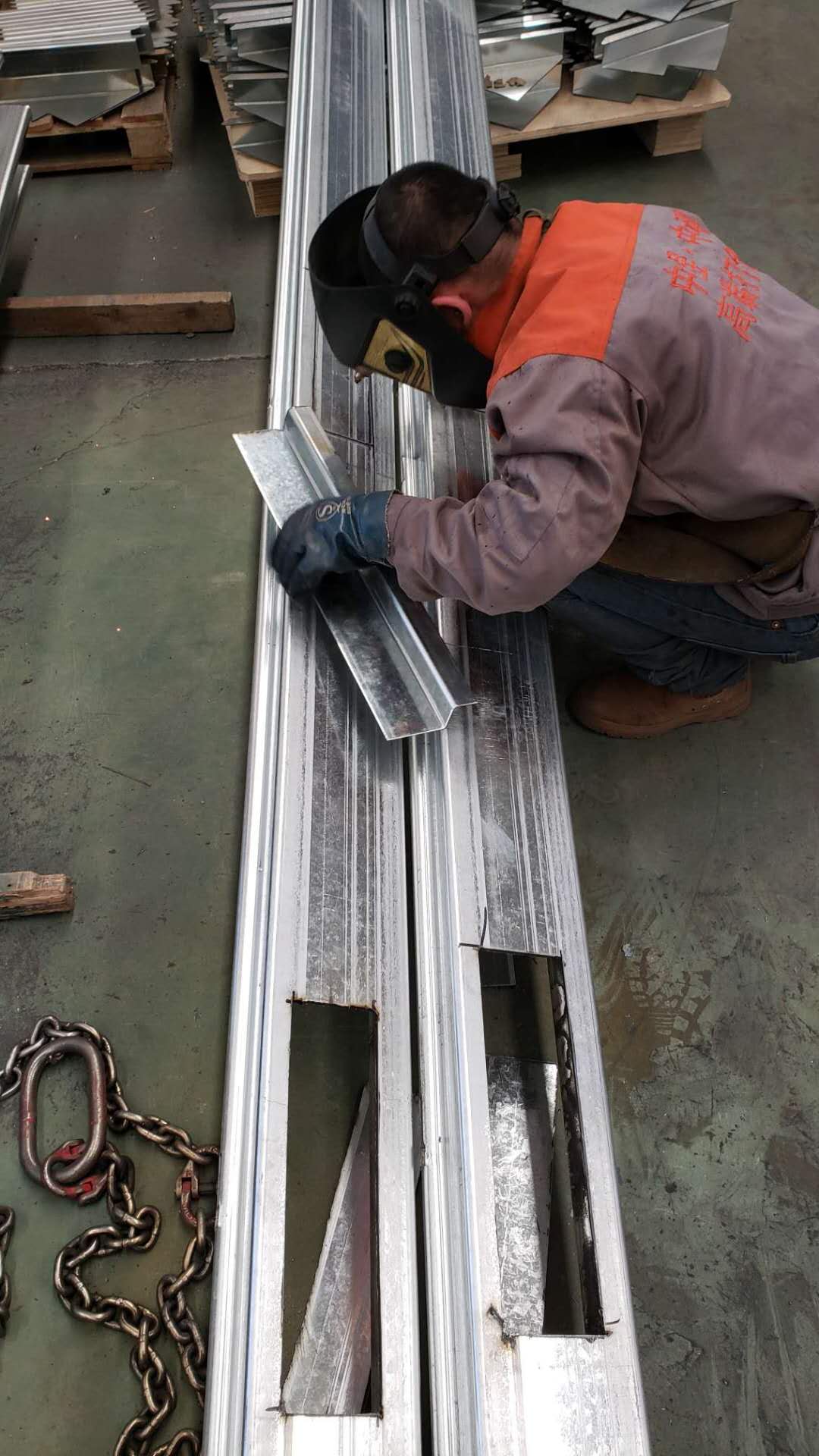Table of Contents
Advantages of Steel Structure Design in Construction Projects
Steel structure design is a fundamental aspect of construction projects that has gained popularity in recent years due to its numerous advantages. The basic idea behind steel structure design is to create a framework that is strong, durable, and cost-effective. This type of design involves using steel beams, columns, and connections to support the weight of a building or structure.
One of the key advantages of steel structure design is its strength. Steel is a highly durable material that can withstand heavy loads and extreme weather conditions. This makes it an ideal choice for buildings that need to be able to support large amounts of weight, such as skyscrapers, bridges, and industrial facilities. Additionally, steel structures are resistant to fire, corrosion, and pests, making them a long-lasting and reliable option for construction projects.
Another advantage of steel structure design is its flexibility. Steel beams and columns can be easily fabricated and customized to fit the specific needs of a project. This allows for greater design freedom and creativity, as architects and engineers can create unique and innovative structures that would be difficult or impossible to achieve with other materials. Additionally, steel structures can be easily modified or expanded in the future, making them a versatile and adaptable choice for construction projects.
In addition to strength and flexibility, steel structure design offers cost savings for construction projects. Steel is a relatively affordable material compared to other building materials, such as concrete or wood. Additionally, steel structures can be erected quickly and efficiently, reducing labor costs and construction time. This can result in significant savings for developers and contractors, making steel structure design a cost-effective option for a wide range of construction projects.
Furthermore, steel structure design is environmentally friendly. Steel is a recyclable material that can be reused and repurposed, reducing waste and minimizing the environmental impact of construction projects. Additionally, steel structures are energy-efficient, as they can be designed to maximize natural light and ventilation, reducing the need for artificial lighting and heating. This can result in lower energy costs and a smaller carbon footprint for buildings constructed with steel structure design.
Overall, steel structure design offers numerous advantages for construction projects, including strength, flexibility, cost savings, and environmental sustainability. By utilizing steel beams, columns, and connections, architects and engineers can create durable, efficient, and aesthetically pleasing structures that meet the needs of their clients and the demands of the modern construction industry. Whether it’s a skyscraper, bridge, or industrial facility, steel structure design is a versatile and reliable option that continues to shape the future of construction projects around the world.
Key Factors to Consider in Steel Structure Design Process
Steel structure design is a crucial aspect of construction projects, as it determines the strength, stability, and overall performance of a building. The basic idea behind steel structure design is to create a framework that can support the weight of the building and withstand various loads, such as wind, snow, and seismic forces. This requires careful planning and consideration of several key factors to ensure that the structure is safe, efficient, and cost-effective.
One of the most important factors to consider in steel structure design is the type of loads that the building will be subjected to. This includes dead loads, such as the weight of the building itself and any permanent fixtures, as well as live loads, such as the weight of people, furniture, and equipment. In addition, the structure must be able to withstand environmental loads, such as wind, snow, and earthquakes. By analyzing these loads, engineers can determine the size and spacing of the structural members needed to support the building.

Another key factor in steel structure design is the material properties of the steel itself. Steel is known for its high strength-to-weight ratio, which makes it an ideal material for building structures. However, different grades of steel have different properties, such as yield strength, tensile strength, and ductility. Engineers must carefully select the appropriate grade of steel for each component of the structure to ensure that it can withstand the required loads and perform as intended.
The design process also involves determining the overall layout and configuration of the structure. This includes the placement of columns, beams, and other structural members to create a stable and efficient framework. Engineers must consider factors such as the building’s height, shape, and function when designing the structure to ensure that it meets the project’s requirements and complies with building codes and regulations.
In addition to the layout and material selection, engineers must also consider the connections between structural members. The connections play a critical role in transferring loads between components and ensuring the overall stability of the structure. Properly designed connections can improve the performance of the structure and reduce the risk of failure. Engineers must carefully analyze the forces acting on each connection and select appropriate fasteners, welds, or other methods to ensure that they can withstand the required loads.
Throughout the design process, engineers must also consider factors such as cost, schedule, and constructability. By balancing these factors with the structural requirements, engineers can create a design that meets the project’s goals while also being practical and cost-effective. This may involve making trade-offs between different design options or considering alternative materials or construction methods to achieve the desired outcome.
Overall, steel structure design is a complex and multifaceted process that requires careful planning, analysis, and decision-making. By considering key factors such as loads, material properties, layout, connections, and other considerations, engineers can create safe, efficient, and cost-effective structures that meet the needs of the project. Through careful attention to detail and collaboration with other project stakeholders, engineers can ensure that the steel structure design process results in a successful and durable building that meets the highest standards of quality and performance.

